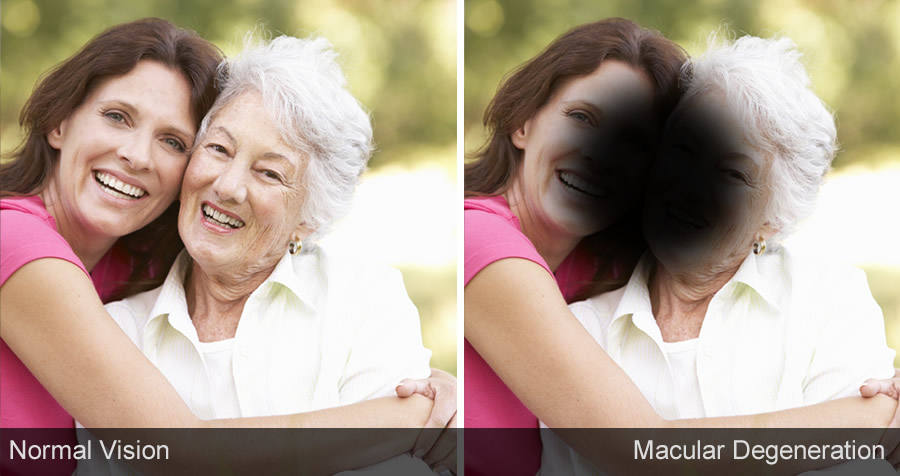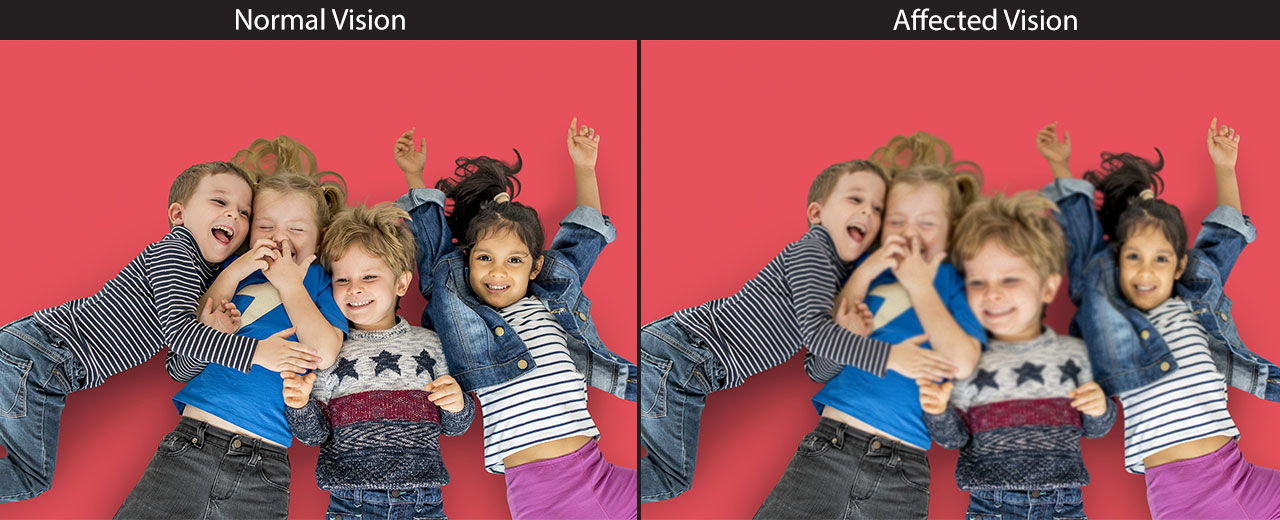we all love
nature
Did you know eating healthy is good for your eyes?
Eye Health
Taking care of your eye health is our utmost mission, and we are here to help to with early detection and diagnosis of eye conditions & eye health, as well as comprehensive treatment after diagnosis.

Cataracts are a medical condition in which the lenses of the eye become progressively cloudy, resulting in blurred vision. As you get older, you’ll most likely experience cataracts. But don’t worry; cataract extraction is a relatively simple procedure. The cloudy lens gets removed and replaced with an intraocular implant (lens). The entire procedure shouldn’t take more than 20 minutes.
Prevention
There are ways to prevent cataracts. Wearing sunglasses daily is helpful because the UV radiation is very damaging to your eyes and causes early cataracts. Also, smoking can lead to cataract formation.

Diabetic retinopathy is the most common diabetic eye disease. With poorly controlled diabetes, the blood vessels can leak fluid and blood, or close off completely. Sometimes, in advanced diabetic retinopathy, new blood vessels can grow on the surface of the retina leading to severe complications and loss of vision. Symptoms of diabetic retinopathy include spotty and/or blurred vision, blank or dark areas in your field of vision, fluctuating and poor night vision. The most important way to prevent diabetic retinopathy is to keep your blood sugar levels balanced and visit your eye doctor every six months to one year. Treatment for this disease include strict control of your blood glucose levels, and if severe, laser and injections to the eye. |

Glaucoma is a condition of progressive optic nerve damage due to increased pressure within the eye, causing gradual loss of peripheral vision. Unfortunately, glaucoma is a silent disease which means that early detection at your annual eye exam is key. The pressure from the fluid build up in the eye causes increased pressure on your optic nerve. This leads to vision loss that starts from your peripheral vision and eventually closes in.
Because glaucoma is a silent disease, it tends to go unnoticed. Once vision loss occurs it is irreversible. There are many ways to manage glaucoma. Depending on the severity of glaucoma, patients will either be prescribed eye drops which keep their pressures down, or can get laser which opens up the drainage canal in the eye thus putting less pressure on the nerves.

Macular degeneration is the leading cause of vision loss in people over the age of 60. The macula is the central part of the retina, which is responsible for your central vision. With age related macular degeneration, the macula begins to deteriorate which causes loss of central vision. There are two different forms of macular degeneration: dry and wet.
Dry Form
The dry form of macular degeneration is the least severe form. It is characterized by the presence of yellow deposits, called drusen in the macula. Small amounts of the yellow deposits might not effect your vision too much. When these yellow deposits grow in size and numbers, it can lead to a significant loss of your eye sight and blind spots in your central vision.
Wet Form
Wet macular degeneration is characterized by the growth of abnormal blood vessels underneath the macula. These blood vessels leak blood into the retina causing distortion in vision such as straight lines looking wavy, as well as blind spots and vision loss. These abnormal blood vessels cause scaring which leads to permanent vision loss.
Once you have macular degeneration the symptoms can not be reversed. They can however be slowed down with specific vitamin formulations, medication, laser and surgery.

Astigmatism is much more common then people expect. It is the irregular shape of your eye in the form of an oval, whereas most eyes are shaped like spheres. This causes distortion in vision because light rays are prevented from meeting at a common focus. Prescriptions with astigmatism will have 3 sections to them, the sphere, cylinder and axis. The sphere indicates this prescription is needed for nearsightedness or farsightedness. The cylinder part is the lens power for the correction of astigmatism, and the axis designates the placement of the lens power.
Astigmatism is not an eye disease, it is a refractive error. Therefore, ways to treat astigmatism are quite simple. The easiest solution is getting glasses with the astigmatism in the lenses. Contact lenses are another simple solution. Laser eye surgery can also correct astigmatism.
QUESTIONS?
Whether you’re curious about features, a contact lens fitting, or even cost, we’re here to answer any questions.


